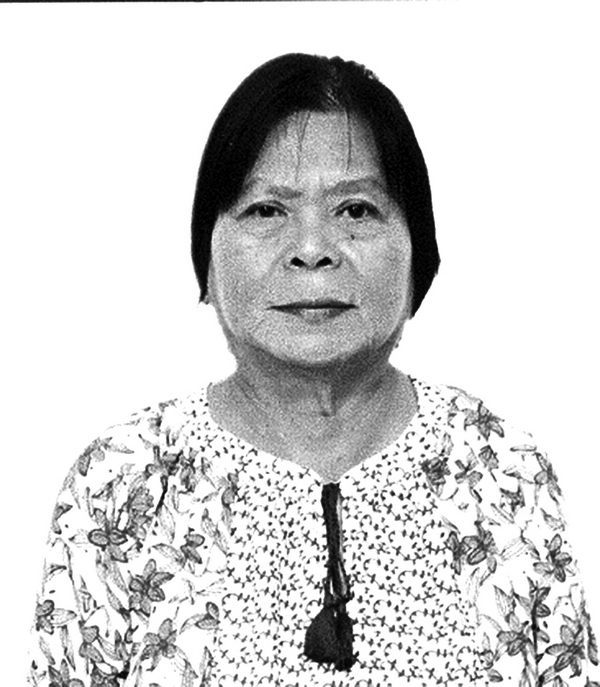May is National Heritage Month and one of the major events to celebrate it is the Gabii sa Kabilin held every last Friday of May.
The theme of the 2018 Gabii sa Kabilin is Balangay in preparation for the quincentennial of Magellan’s expedition in 2021. The pre-colonial theme is most appropriate in anticipation of the 2021 event for the pre-colonial is the least studied part of our history, the least appreciated aspect of our culture, the forgotten portion of our heritage. Yet, the pre-colonial is the roots of our identity.
This look into the time before Magellan came gives us that chance to rediscover and rethink how we should study the pre-colonial part of our history. One of the best sources to accomplish this is William Henry Scott’s “Barangay: Sixteenth-Century Philippine Culture and Society” (1994) and every student and teacher should read this book. The book has two parts, Part I is on the The Visayas and Part 2 is on Mindanao and Luzon. The Part on the Visayas has eight informative and thought-provoking chapters.
The section on the Visayas comprises the most substantial portion of the book. An impressive range of topics is treated in the book. The section on the Visayas discusses physical appearance, food and farming, trades and commerce, religion, literature and entertainment, natural science, social organization, and warfare. Even more impressive than the range of topics is the degree of detail in which the topics are explored. Under the heading of Visayan physical appearance, the book describes and analyzes decorative dentistry, skull moulding, penis pins, circumcision, ear piercing, hair, clothing, jewelry, and tattooing. The treatment of each item goes as far as the documents allow. In the case of tattooing, Scott examines various aspects of the custom such as who wore tattoos; how, when, and on which parts of the body they were applied; who actually applied them; what were their regional variations; what risks to health they posed. Most important of all, the author explains what tattoos meant in society.
If the information Scott gathered together in his book is representative of what the Spaniards said about the natives, it is clear that they said quite a lot — at least, quite a lot more than is normally supposed. A case can be made that the Spaniards carefully took note of details in the native world so as to destroy or transform native culture more thoroughly. The Spaniards collected data that now allow us to attempt a description of the native world.
Spanish documentary sources were products of the colonial machinery. In this book, Scott took seriously all available texts in the local languages which, despite their Spanish provenance, are indigenous in the most basic sense. The natives are the objects of study and of colonial intervention. Yet, they remain subjects as well, since it is they who in the first instance spoke the languages the missionaries used. The documents conserve the native languaging of the native world.
Disclaimer: The comments uploaded on this site do not necessarily represent or reflect the views of management and owner of Cebudailynews. We reserve the right to exclude comments that we deem to be inconsistent with our editorial standards.

